
views
X
Research source
Trading with Someone You Know

Find out if your leasing contract allows transfers. Most leasing companies allow you to transfer your lease. However, some of them require you to remain on the contract, meaning you're ultimately responsible if the new owner stops making lease payments or totals the car. If your contract requires you to remain responsible, it's generally better to transfer the car lease to someone you know and can trust. If you have to keep your name on the lease, it's generally better to transfer the lease to someone you know well. That way, if something does happen, that person will be less likely to leave you in the lurch.

Let your friends and family know you want to get out of your lease. If you've decided you want to transfer your car lease to someone you know, start talking to coworkers, friends, and family members who you think might be interested. Let them know how many payments are left on the lease and how much the payments are. If they'll be responsible for paying a turn-in fee at the end of the lease, you may want to let them know that as well. If they're not familiar with your car, they may want to look at it before they consider taking over your lease.Tip: If you have to remain on the lease, make sure they understand that you will remain ultimately responsible for the vehicle. You might want to write up an agreement between the two of you beforehand in which they promise to share in the financial burden in the event there is an accident and the car is totaled.

Go with the person to the dealership to transfer the lease. If you want to transfer your lease to someone else, they must apply and be approved by your leasing company. They'll fill out an application similar to the application you filled out and the leasing company will conduct a credit check. Generally, the person you transfer a car lease to will need to have good credit and adequate income to cover the monthly lease payments. It's a good idea to talk to the person before you go to make sure they aren't caught off guard. Let them know what the basic credit and income requirements are. For example, you could tell them what your credit score and income was when you entered the lease.

Hand your car over to its new owner. Once the other person is approved, you're free to give them the car. They'll need to put the car on their insurance and they'll likely to get new license tags and registration for the car in their name. At that point, you'll be free to look for another car, if that's what you want. However, if you still have ultimate responsibility for the car, you probably don't want to take on too much additional responsibility for another vehicle until the lease is up.
Using a Lease-Swapping Website
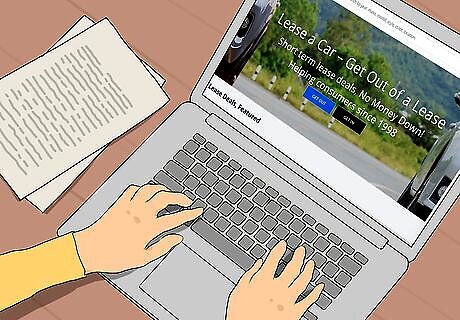
Find a reputable lease-swapping website. There are several different lease-swapping websites that serve as platforms for buyers and sellers who are interested in taking over a lease or transferring an existing lease to someone else. Some of these sites pre-screen buyers to make sure they're minimally qualified to take over a lease before they're allowed to contact someone with a current lease. Swapalease (https://www.swapalease.com/) and LeaseTrader (https://www.leasetrader.com/) are two of the most established lease-swapping websites with the best reputations. Before you choose a website, research the website's reputation carefully online. If the website has a lot of complaints, it may not be the best site to use.

Create a listing on the website of your choice. You'll have to pay a fee to register as a lease trader and create a listing. Your listing will be active for a set period. You may have to pay extra fees to upload additional photos and information to the listing. Fees vary among websites. Generally, you can expect to pay anywhere from $60 to more than $500. For example, you can get a one-photo ad on Swapalease for $59.95, as of 2019. If you're connected with a buyer, you'll also pay a $150 "success fee." You have to pay this fee regardless of whether the transfer actually goes through.Tip: Websites have different packages that you can use to get promotional placement for your listing or keep it up for a longer period.

Work with the website and your leasing company to complete the transaction. When a buyer expresses interest in your lease, the website will facilitate communication between you and the buyer and connect with your leasing company. The buyer will need to complete an application and get a credit check. If your leasing company approves them, the transaction will be finalized with the website. The website typically will charge you an additional fee if your listing succeeds. You and the buyer may agree to split this cost.

Arrange for the vehicle to be transported to its new owner. If the new owner is local, they can probably simply come and pick up the vehicle. However, if they live in another part of the country, you and the buyer may have to arrange shipping. Some websites will help you arrange shipment of the vehicle. Depending on where the other person lives, you may also need to arrange vehicle inspections.
Rolling Your Lease to a New Car
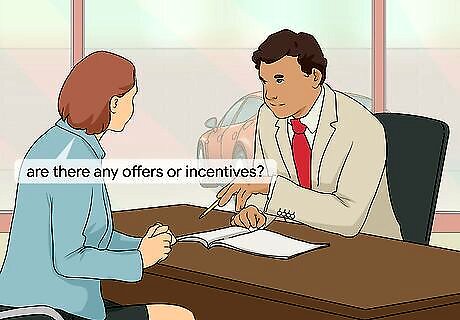
Check with the dealership for offers or incentives. Dealerships have incentive programs, such as lease pull-ahead programs, that allow you to skip your remaining lease programs and lease another vehicle. However, these programs aren't available all the time. Additionally, you can typically only take advantage of these programs if you have 3 or fewer payments remaining. You can use a pull-ahead program to avoid early termination fees or penalties if you're close to going over your mileage. Contact the dealer to see if a pull-ahead program is available. You can also check the automaker's website to see what promotions they have available. However, keep in mind that some manufacturer's programs and incentives may not be available at all dealers.Tip: Even if a pull-ahead program isn't available, you may still be able to roll over your lease to a new car. However, you'll have to pay early termination fees as well as the rest of the lease payments you owe.

Choose a different car at the same dealership that you want to lease. If you want to roll over your lease to a new car, you typically have to lease your next car from the same dealership. You may also be restricted to the same make if the dealership sells more than one make of car. There may only be particular vehicles that are eligible for the pull-ahead program, if you have the opportunity to take advantage of one of those programs. The dealer will let you know what your options are.
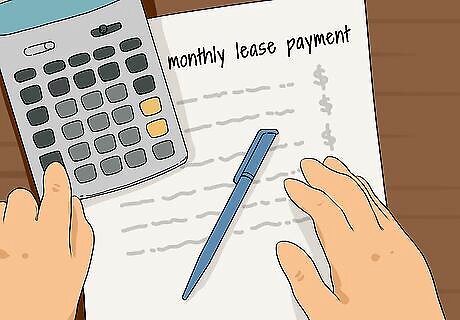
Calculate your new monthly lease payment. If you weren't able to take advantage of a pull-ahead program, your early termination fees and the rest of your lease payments from your old car will be rolled over into your new lease. While you won't have to pay them all in one lump sum, this additional amount will amount in a larger monthly payment. If you have additional lease payments and early termination fees rolled over into your new lease, it's probably a good idea to go for a car with a lower lease payment. That will keep you from getting in over your head financially.
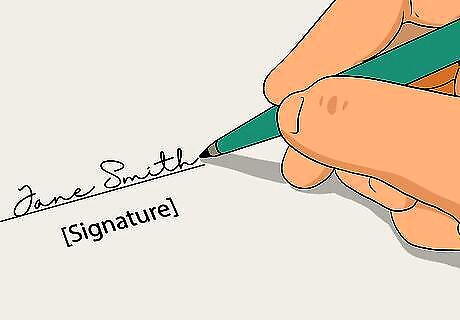
Sign the lease agreement for your new car. You'll need to fill out an application and get a credit check for your new lease. Assuming you're approved, you'll sign a new lease agreement that incorporates your old agreement (unless you used a pull-ahead incentive). The dealer will assist you with getting new tags and registration for your new vehicle. You'll also have to add the new vehicle to your insurance. Your old car will remain at the dealership.

















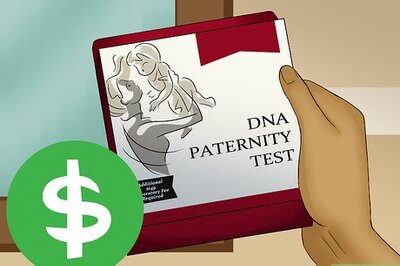


Comments
0 comment